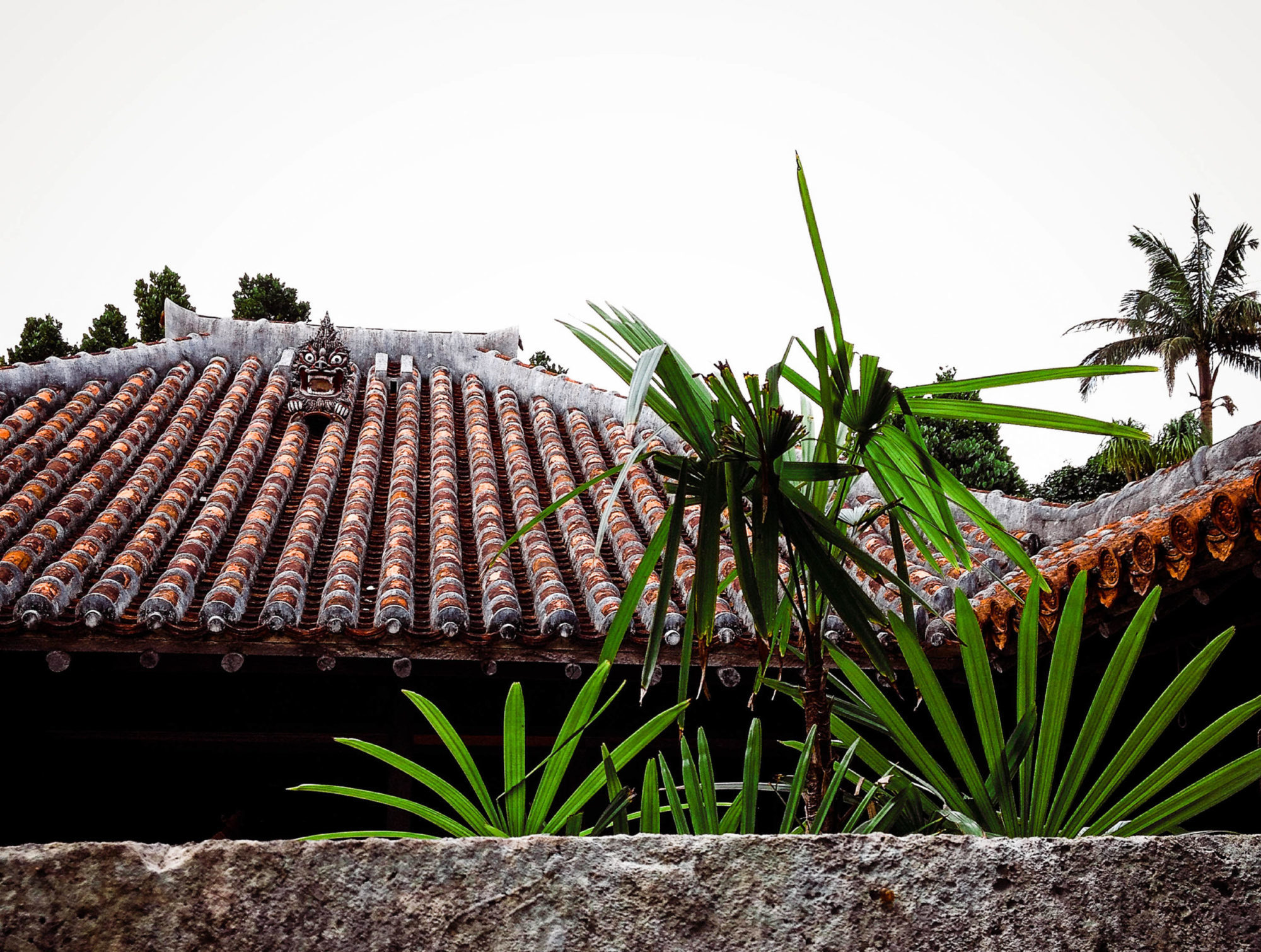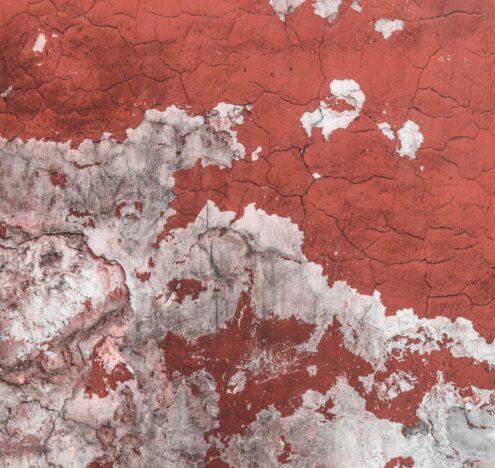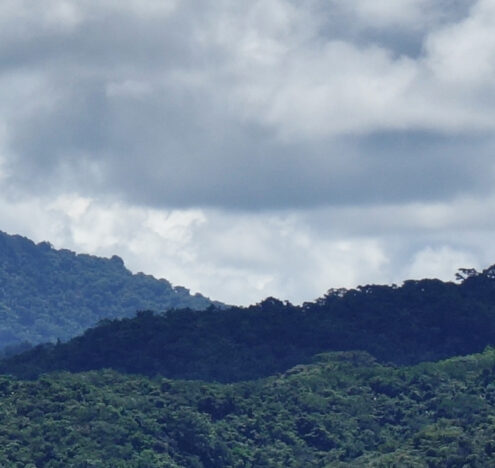By virtue of his birth, Abe was closely associated with Japan’s wartime past and the colonization of its neighbors. His grandfather, former prime minister Nobusuke Kishi, who had been accused and later acquitted of war crimes, echoes in Abe’s own nationalism. Like his grandfather, Abe had the desire to revise Japan’s “peace constitution” and transform the country into a more assertive power, what he called a “normal” and “beautiful” nation.
It was in Okinawa, once the independent Ryukyu kingdom before it was annexed by Japan in the 1870s, where Abe cast his full support behind plans to close Futenma, a major US marine air station that sprawls dangerously in the middle of densely crowded Ginowan city in order to relocate the base to Okinawa’s more sparsely populated north.
The highly-controversial Futenma Replacement Facility, better known as Henoko for the coastal area where it is being built adjacent to Camp Schwab marine corps base, has become emblematic of Okinawa’s strong opposition and unyielding resistance to Tokyo and Washington’s insistence on building what many Okinawans consider an unwanted new US military base in an ecologically fragile coastal and marine environment.
Bedeviled by technical, environmental, social, economic, and political problems, the Henoko shinkichi (“new base”) is the target of the anger many in Okinawa feel at being used by Washington and Tokyo to host half of the 54,000 US troops based in Japan, despite making up less than one percent of Japanese territory. A Kyodo News poll conducted last spring found that nearly 80% of Japanese respondents believe Okinawa bears an unfairly large burden of hosting US military bases.
Even as Abe called for a “free and open Indo-Pacific,” he continued to insist that building a new base at Henoko was the only solution to the Futenma problem. That position, along with his steadfast support for militarizing other Okinawan islands, and his long-stated desire to amend Article 9 of Japan’s peace constitution, make his legacy in Okinawa the subject of criticism even after his brutal killing.
WASHINGTON’S MAN IN TOKYO
Koichi Nakano, a professor of Japanese politics and political theory at Sophia University in Tokyo, said that with respect to Okinawa, the Abe government prioritized the building of the new base at Henoko over the will of Okinawans. In an email Nakano said, “the Okinawans expressed their opposition in national and local elections as well as in referenda time and again, only to be met with scorn by the Abe government.”
As for the future, Nakano said Japan’s current Prime Minister Fumio Kishida shows little sign of changing its US policy, which determines Japan’s stance toward Okinawa.
Nakano noted that many critics of Abe’s policies have been taken aback by what he called “excessive tributes that are being showered on him after his untimely death.” He continued, “[Japan]’s right-wing are trying to deify [Abe] and impose the narrative that he was the uncontested defender of the Japanese national interest, and the western press and leaders are helping them do so.”
Nakano called Abe “essentially Washington’s man in Tokyo,” noting that the United States appreciated Abe’s efforts to strengthen Japan’s military alliance with the United States, integrating Japan’s Self Defense Forces (SDF) increasingly under US command. Abe pushed the drive for further militarization of Japan, exploiting the war in Ukraine, Nakano said, by advocating that Japan should acquire enemy strike capabilities, arrange nuclear sharing with the United States, and double its defense budget. “Whether [Abe] can continue to define Japanese security policy,” Nakano wrote, “depends on whether his followers succeed in deifying him.” Current Japanese Prime Minister Fumio Kishida has announced that Abe will be given a state funeral on Sept. 27, 2022, a controversial move supported by the LDP, but one that many Japanese question or outright oppose.
Shinako Oyakawa, a sociolinguist and lecturer at Okinawa University, said that part of Abe’s legacy in Okinawa would be his promise to grow closer to Okinawa even as he forced the construction at Henoko.
Oyakawa worries that the “deification of Abe” and the inheritance of Abe’s [unfulfilled] desire to change Article 9 of Japan’s constitution, could lead to heightened tension with Japan’s neighbors and that increased military spending will adversely affect citizens’ personal finances directly.”
She is disturbed to watch the media’s adulation of Abe “as if he had a great political legacy” without reporting on his more controversial policies. She pointed out the irony of being killed by a former SDF personnel considering Abe’s support for Japan’s military.
Unlike other prime ministers who were reluctant to touch Henoko, Abe pushed the project forward, thinking that progress would make the United States overlook his visits to the controversial Yasukuni shrine in Tokyo where some war criminals are buried.
Since Abe’s second administration, Okinawa has seen greater militarization by the United States as well as the SDF, with increased military presence on smaller, outer islands of Miyako-jima, Ishigaki-jima, Yonaguni-shima (Japan’s closest island to Taiwan), and Amami-oshima, just north of Okinawa.
Tomohiro Yara, a former national assembly member of the Constitutional Democratic Party of Japan and expert on US military basing issues, said Abe aimed to strengthen Japan without reading the national trend. Furthermore, he said, Asia was “sick and tired” of being asked to choose between the United States and China.
Yara said Abe seemed to use the contentious issue of US bases in Okinawa to “satisfy his political appetite.” Unlike other prime ministers who were reluctant to touch Henoko, Abe pushed the project forward, thinking that progress would make the United States overlook his visits to the controversial Yasukuni shrine in Tokyo where some war criminals are buried. Unlike earlier generations of Japanese politicians who understood the harsh conditions Okinawans endured before and after World War II, Yara said, Abe was the leader of a generation that tended to see Okinawan anti-base protesters as lacking understanding of regional security or the importance of the US-Japan relationship.
THE LESSON OF VIOLENCE
Hideki Yoshikawa is the director of the Okinawa Environmental Justice Project in Nago city. In an email, Yoshikawa prefaced his comments by condemning the killing of Abe, saying he does not condone any act of violence to settle conflicts of any kind. He described Abe as a “most notable manifestation of continuing structural discrimination against Okinawa” in the form of the overwhelming burden of the US military presence in Okinawa.
Abe’s killing, he said, was ironic, and provided a lesson about the use of violence. “Abe helped propagate the following notions in Japan: China and North Korea are threats to Japan, they have developed technologies, including nuclear weapons and long-range missiles… thus Japan must enhance its SDF capabilities to defend itself and contribute to US operations (financially, militarily).”
In what he called a bizarre tragedy, Yoshikawa said, “Abe was killed by a Japanese citizen (a former SDF member) who used a hand-made gun.” If determined to commit violence, he says, someone will do it. “Thus, we must educate ourselves and hold onto the principle of non-violence.”
The fact that Abe’s administration endured as long as it did, he said, indicated the indifference many Japanese have to the structural discrimination Okinawans face.
But not all in Okinawa were critical of Abe’s policies. Kyoki Nakagawa, chairman of Okinawa’s LDP chapter expressed appreciation for Abe’s support of economic development and the construction of infrastructure, such as airports, on small islands. He described Abe’s death as the loss of a very important person for Okinawa.
CONSTRUCTION TO NOWHERE
Alexis Dudden, a history professor specializing in modern Japan and Korea at the University of Connecticut, said that under Abe, the Henoko project, which she called “construction to nowhere,” was forced ahead. Even Japanese government reports during Abe’s second term concluded that because the seafloor was “soft as mayonnaise,” it could not be built. Still, Abe insisted it was the only solution.
Dudden said Abe’s “hardening up of the farthest southwestern islands” closest to Taiwan and China was part and parcel of his desire to actualize the militarization of Japan. While much of these plans predated Abe, they were central to his vision since he was a junior parliamentarian in the early 1990s.
In 2014, on the occasion of the 60th anniversary of Japan’s SDF, in a speech Abe said, “in order to enhance the deterrence of the Japan-US Security Arrangements, we are promoting the revision of the guidelines for Japan-US Defense Cooperation…including joint exercises” — an announcement with immediate consequences for Okinawa.
When Abe said he wanted Japan to be a “normal country,” Dudden said that meant having an attack military not bound by the defense limitation of Article 9 of Japan’s constitution, which reads:
“…the Japanese people forever renounce war as a sovereign right of the nation and the threat or use of force as means of settling international disputes. In order to accomplish the aim of the preceding paragraph, land, sea, and air forces, as well as other war potential, will never be maintained. The right of belligerency of the state will not be recognized.”
Dudden said Okinawans are concerned about their location “as target number one” in military terms, but they are equally (if not more) concerned about a tattered economy, health care, and COVID. Okinawa has had some of Japan’s highest COVID numbers reportedly fueled, in part, by insufficient protection measures among US forces.
Okinawa’s gubernatorial elections are coming up on Sept. 11, 2022, and Dudden expects the LDP to use the “worst of worst old-style LDP politicking” tactics, capitalizing on what she described as Okinawan vulnerabilities in the wake of COVID-caused economic hardship.
With gains made in the election two days after Abe’s assassination, the LDP has enough power to push constitutional revision as a discussion in parliament, Dudden said. Kishida is expected to work to fulfill Abe’s unfinished goals, even if that means putting constitutional revision after addressing pressing economic and public health (COVID) concerns.
Dudden suspects Kishida will focus first on increasing Japan’s defense budget, which she thinks the Japanese public is more likely to accept, particularly as Russia and China conduct naval drills and flyovers in the Sea of Japan. The increased SDF presence in Okinawa’s small, southernmost islands, Dudden said, has accomplished the normalization of the SDF.
“Does that mean most Japanese people are ready to wage war abroad? Absolutely not,” Dudden insisted, “That’s where Abe was really out of step with, I would argue, the majority of Japanese.” Furthermore, Kishida’s pledge to “substantially increase” Japan’s military spending may be welcome news for military contractors, Dudden said, but Japan’s constitutional revision is not the “slam dunk” that some Washington alliance managers believe it is. According to the Stockholm International Peace Research Institute, in 2021 Japan was the world’s ninth largest military spending nation with a defense budget of $54 billion, its highest ever.
With an infrastructure “imprint” already present on small Okinawan islands, it makes sense that increased military or weapons systems (radar, batteries, etc.) would go there. “Going into the farther…southwestern islands, I think will be one of Abe’s legacies,” Dudden said. “That is to really harden up the military posture of the islands that are off people’s radar. Henoko draws attention…but it’s these outer islands that are becoming increasingly fortified and that’s Abe’s legacy for Okinawa in addition to this “construction project to nowhere.”
In the end, Dudden believes the fact that Abe was shot by a killer at close range will have the effect of securitizing Japan.
“The act of shooting Abe itself will enable an increase in defense spending. It will be axiomatic in that fashion and that will touch off protests in South Korea, in North Korea, in China, because ‘that’s Japan’s militarization and they’re going to change the constitution.’ It’s just going to be Japan buying a lot of weapons to make Japan safe again.”
Jon Letman is a Hawaii-based independent journalist covering people, politics, and the environment in the Asia-Pacific region.
Correction on 07/22: This story has been updated to reflect the most current number of US forces in Japan.





















